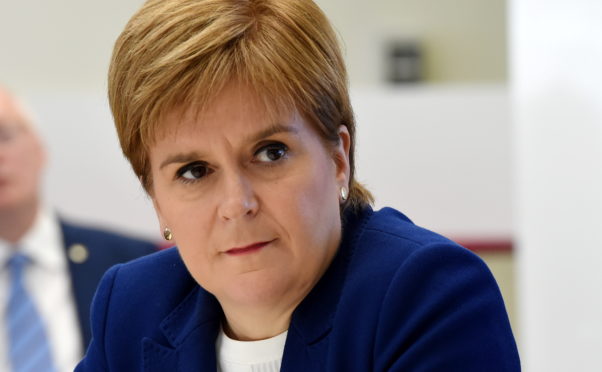
The talks last week between Boris Johnson and his Irish counterpart Leo Varadkar suggest there may the makings of a proposed Brexit deal.
However, with the focus on avoiding no deal, in the background the UK Government has been drawing up plans to move further away from the EU, its social protections and the Single Market.
With the people of Scotland voting overwhelmingly to remain, the SNP can’t back a deal that would leave us vulnerable to an extreme hard Brexit, with all the damage to jobs, the NHS and living standards that would involve.
There has, rightly, been a lot of talk about the need for a consent mechanism for Northern Ireland to be included in any new deal. We support the Good Friday Agreement in its entirety and recognise the unique circumstances there. But with England and Wales voting to Leave, Scotland could be the only nation in the UK not to get what it voted for.
It cannot be right if Scotland alone is the only part of the UK to be denied consent, to have its votes ignored, to be treated unfairly and denied a choice over its future. That would simply strengthen the already overwhelming case for giving Scotland the choice of a better future with independence – and that is a choice the SNP is determined to offer.
We go into our conference in great shape. However, a key part of political leadership is knowing when not to make a miscalculation that your opponents would like you to make.
That is why I will not fall into the trap that our unionist opponents want me to, by deviating from our current path of ensuring the next independence referendum is legal and constitutional. We don’t need to be talking about Plan B when we have a perfectly good Plan A.
To be clear, if we were to try to hold a referendum that wasn’t recognised as legal and legitimate – or to claim a mandate for independence without having demonstrated majority support for it – it would not carry the legal, political and diplomatic weight that is needed. It simply wouldn’t be accepted by the international community, including our EU partners.
Our opponents want to push us to talk about Plan B, because they know Plan A is the right one to deliver independence. They are desperate to block a referendum because they know they are likely to lose it.
I understand the frustrations felt by some within the SNP and the wider independence movement – I am impatient myself for independence because the need has never been so great and the case has never been more compelling. Ultimately, democracy must prevail and mandates delivered by the people in elections must be respected.
As the Labour Welsh Government said in a significant document published this week, for Westminster to try and stand indefinitely in the way of independence for Scotland or Wales would be “both undemocratic and inconsistent with the idea of a union based on shared values and interests.”
Scotland doesn’t want to be taken out of the EU – the country has rejected Brexit and Brexit parties at every opportunity. There is no mandate for it – but there is a mandate for a referendum on independence.
And I am determined to give the people of Scotland that choice.

Enjoy the convenience of having The Sunday Post delivered as a digital ePaper straight to your smartphone, tablet or computer.
Subscribe for only £5.49 a month and enjoy all the benefits of the printed paper as a digital replica.
Subscribe